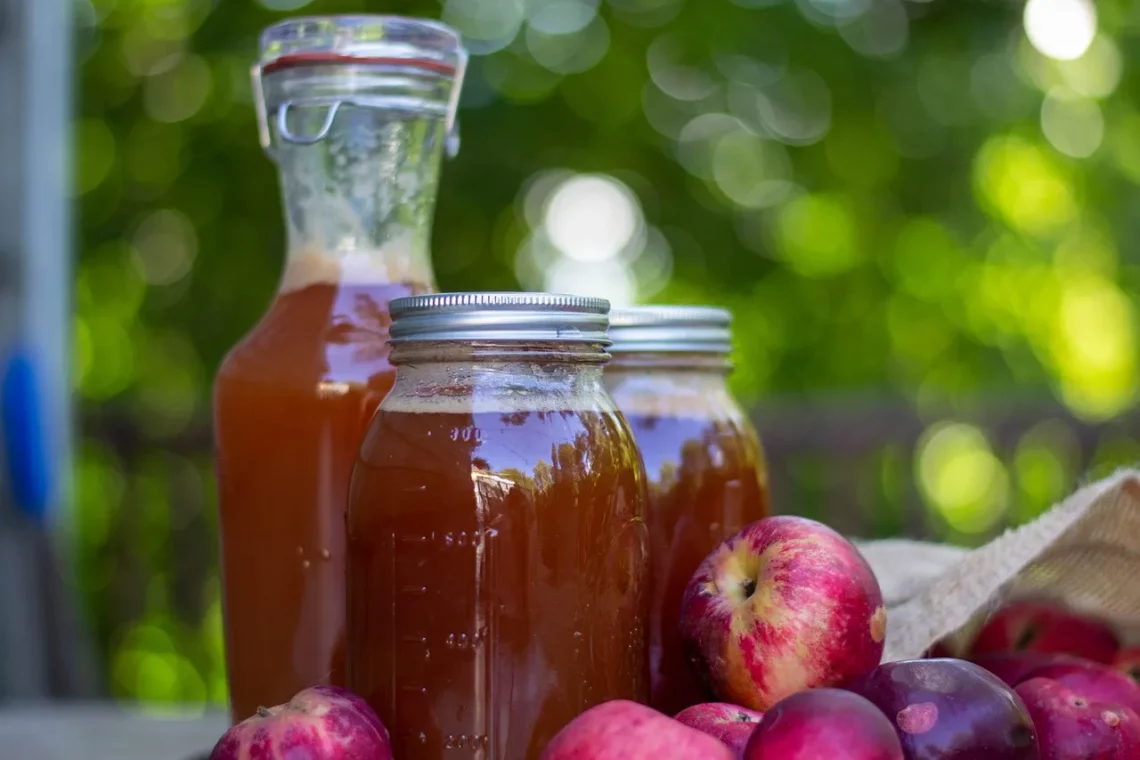
Understanding Cider Alcohol Content: What You Need to Know
Cider has gained immense popularity in recent years, captivating the taste buds of enthusiasts and casual drinkers alike. This delightful beverage, made from fermented apple juice, offers a unique blend of flavors and aromas that can vary significantly from one brand to another. However, one crucial aspect that often goes overlooked is the alcohol content in cider. Understanding the alcohol by volume (ABV) can enhance your appreciation of this drink and guide you in making informed choices.
The ABV of cider can vary widely, influenced by factors such as the type of apples used, the fermentation process, and any additional ingredients that may be included. As cider makers experiment with different techniques and flavor profiles, it becomes essential for consumers to educate themselves about the alcohol content to enjoy their cider responsibly. Whether you are a seasoned cider lover or just beginning to explore the world of fermented beverages, having a grasp of cider’s alcohol content and its implications can lead to a more satisfying experience.
In this article, we will delve into various aspects of cider, including how its alcohol content is determined, the different styles available, and tips for responsible consumption.
How Cider Alcohol Content is Measured
To truly appreciate cider, it’s important to understand how its alcohol content is measured. The standard unit for measuring alcohol in beverages is Alcohol by Volume (ABV), which indicates the percentage of alcohol present in a given volume of liquid. For cider, the ABV typically ranges from about 4% to 8%, although some specialty ciders can reach higher levels.
The process of fermentation is key to determining the alcohol content in cider. During fermentation, yeast consumes the sugars in the apple juice, converting them into alcohol and carbon dioxide. The amount of sugar present in the apples, as well as the specific strains of yeast used, can significantly influence the final ABV. For instance, using apples with a higher sugar content can yield a stronger cider, while low-sugar varieties may result in a lighter drink.
Additionally, cider makers may choose to blend different batches to achieve a desired flavor profile and alcohol content. This blending process can create a product that appeals to a broader audience, offering both flavor and a balanced ABV. Understanding this process can enhance your appreciation for the craftsmanship involved in cider making.
It’s also worth noting that the fermentation process can vary between traditional and modern cider-making techniques. Some artisanal ciders may undergo a longer fermentation period, which can contribute to a more complex flavor and potentially higher alcohol content. On the other hand, commercially produced ciders may utilize quicker methods to produce a consistent product, often leading to a more uniform ABV.
In summary, the measurement of cider’s alcohol content is a result of the fermentation process, the type of apples used, and the blending techniques employed by cider makers. This understanding not only informs your choice of cider but also enhances your overall drinking experience.
The Different Styles of Cider and Their Alcohol Content
Cider comes in a myriad of styles, each with its unique characteristics, flavors, and alcohol content. These variations can be categorized into different types based on their production methods, ingredients, and regional influences. Understanding these styles can help you select the right cider for any occasion.
1. **Traditional Cider**: Often made from a mix of bittersweet and tart apples, traditional ciders typically have an ABV ranging from 4% to 8%. They maintain a balance between sweetness and acidity, providing a refreshing taste that appeals to many drinkers.
2. **Dry Cider**: As the name suggests, dry ciders have little to no residual sugar, resulting in a crisp and clean taste. Their ABV can be similar to traditional ciders, but the lack of sweetness may make them feel stronger on the palate. They are perfect for those who prefer a less sugary beverage.
3. **Sweet Cider**: Sweet ciders are characterized by higher sugar content, often ranging from 6% to 10% ABV. They are typically more approachable for new cider drinkers, as their sweetness can mask the alcohol flavor. This style is particularly popular in the fall and can be enjoyed as a dessert drink.
4. **Sparkling Cider**: Sparkling ciders undergo a secondary fermentation to create carbonation. The ABV in sparkling ciders varies widely, usually falling between 5% and 9%. The effervescence adds an exciting element to the drinking experience, making them perfect for celebrations.
5. **Flavored Cider**: Many cider makers experiment with flavors by adding fruits, spices, or herbs to their base cider. The ABV can vary depending on the additional ingredients and the fermentation process. These ciders often appeal to a wider audience, particularly those who enjoy unique flavor combinations.
By exploring these different styles of cider, you can discover a range of flavors and alcohol contents that suit your preferences. Whether you enjoy the crispness of a dry cider or the sweetness of a flavored variety, there is a cider out there for everyone.
Responsible Consumption of Cider
As with any alcoholic beverage, understanding cider’s alcohol content is essential for responsible consumption. While cider can be a delightful addition to social gatherings and celebrations, it’s crucial to enjoy it mindfully and in moderation.
One of the first steps in responsible consumption is being aware of the ABV of the cider you choose. Always check the label for this information. Knowing the alcohol content can help you gauge how much you can safely drink without exceeding your limits. It’s also advisable to pace yourself, taking the time to savor each sip rather than consuming large quantities quickly.
Pairing cider with food can enhance your experience and may also help moderate your alcohol intake. The right food pairing can complement the flavors in the cider, making the drinking experience more enjoyable. Consider enjoying a dry cider with cheese or a sweet cider with dessert to create a harmonious balance.
Additionally, when trying new ciders, consider starting with a lower ABV option to assess your tolerance. If you’re at a tasting event, take small samples rather than full servings to avoid overindulgence.
Lastly, always plan for safe transportation. If you anticipate consuming multiple ciders, consider arranging for a designated driver, using public transport, or an alternative ride service. Responsible drinking also means ensuring that you get home safely.
In conclusion, being informed about cider’s alcohol content and practicing responsible consumption can significantly enhance your experience. By understanding the nuances of cider and making mindful choices, you can fully enjoy this delightful beverage while keeping your well-being in mind.
**Disclaimer**: This article is for informational purposes only and should not be considered medical advice. For any health-related concerns, please consult a qualified healthcare professional.




